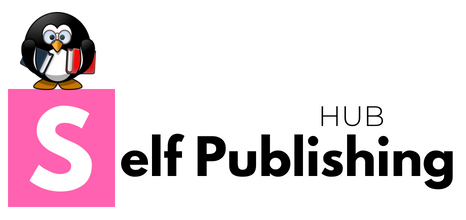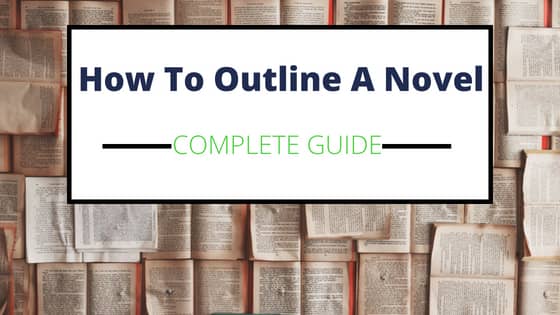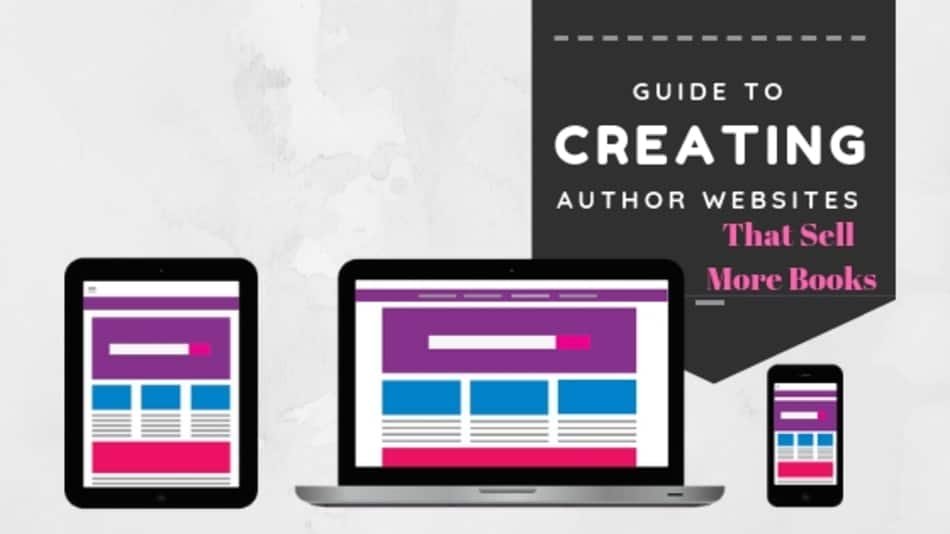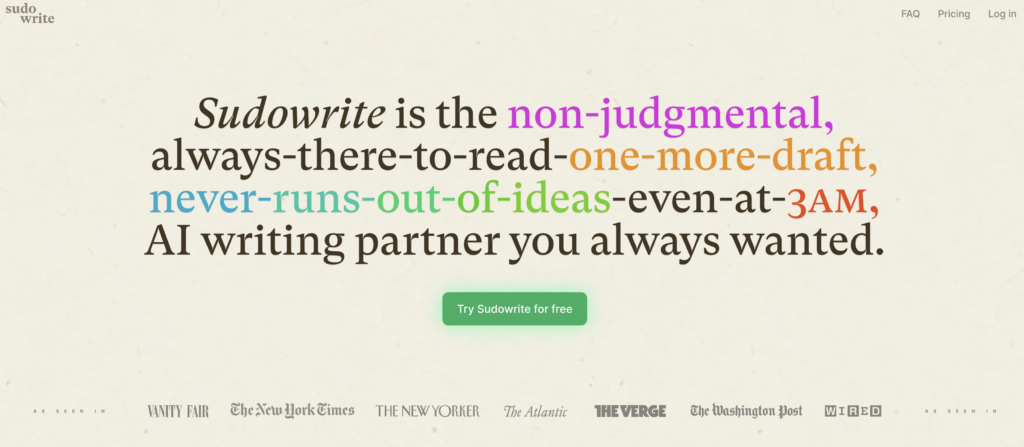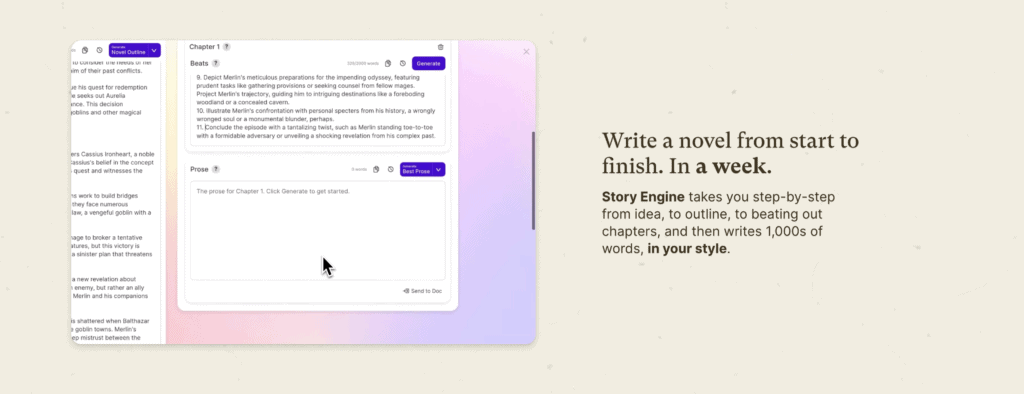The Plot Point Theory

Overview of the Plot Point Theory Story Structure and Outline
The Plot Point Theory is a little bit more confusing than the previous story structures outlines we’ve discussed.
So to make it easier we’ve depicted it as a straight line above to make it a bit easier to understand. But to fully understand it I would recommend picking up a copy of Story Engineering by Larry Brooks.
The concept at it’s simplest level has you focus on critical events in the story, or plot points to outline and structure your story.
Larry Brooks believes that each scene needs to have a specific mission to drive the story forward. Once you know the significant plot points in a story the rest falls into place.
Here is a quick excerpt from an interview with Larry Brooks and Joanna Penn, I’ve fast forwarded to the specific place where they talk about story and scene structure so you can get a sense of how important Larry thinks Plot points are in a novel.
Pro’s and Con’s to Using the Plot Point Theory
Pros
- There is a lot of room to maneuver as your outline and write your book using the plot point method.
- Keeping that driving force behind each scene will make them that much more impactful, doing so with your carefully mapped out plot points will do the same for your story as a whole.
- You have the ability to really develop characters in any genre with this method
Cons
- It’s not as straightforward as other story structure concepts to understand.
- You need to make sure you add important elements in character development to each scene to make sure you accomplish that along with driving the story forward.
- Make sure you don’t rush your story and leave it feeling flat by being too rigid and simply jumping from plot point to plot point without letting your story and characters breath and grow.
Steps to Outlining and Structuring Your Novel with the Plot Point Theory
Here are the basic steps to outlining your story using the Plot Point Theory.
- Inciting Incident: is the event that puts the story into motion.
- Plot Point 1: The point of no return where the hero makes a decision where he can no longer return to the comfort from which he came.
- Pinch Point 1: First encounter with Villian where they show the true extent of their power- usually a set back for the hero.
- Midpoint: The Hero discovers something that holds the key to solving the quest. Usually, this newly discovered information moves the hero from a reactive to a proactive posture.
- Pinch Point 2: Villian Strikes again and sets the hero back.
- Black Moment: When the worst possible thing happens to the hero and all seems lost.
- Plot Point 3: Calm before the Storm, where the hero looks inward in preparation to fight the villain
- Finale Battle: Takes on the villain and triumphs
Get our Free Scrivener Outline Template of the Plot Point Theory.
If you are looking to use the Plot Point theory to structure and outline your next novel, you can do so more easily by downloading our free Scrivener Template.
Note: You will need Scrivener to use it. If you don’t have Scrivener you can Get Scrivener Here.
Or find out Why Scrivener is the Best Writing Software for Writers Here.
